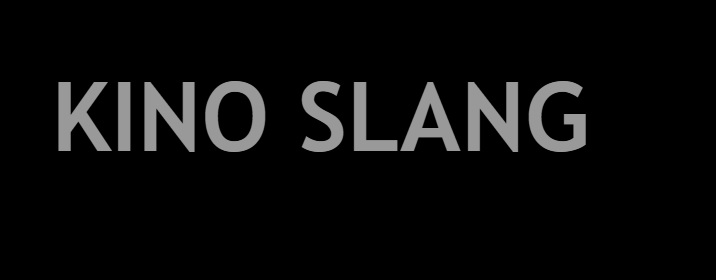Saturday
April 7th, 2018
8pm

April 7th, 2018
8pm

KINO SLANG
at the
Echo Park Film Center
1200 N. Alvarado St.
Los Angeles, CA. 90026
presents
LOVE'S BERRY
(Aleksandr Dovzhenko, 1926)
TIME IN THE SUN
(Marie Seton, Sergei Eisenstein, 1940)
16mm print
CERRO PELADO
(Santiago Álvarez, 1966)
*
1200 N. Alvarado St.
Los Angeles, CA. 90026
presents
LOVE'S BERRY
(Aleksandr Dovzhenko, 1926)
TIME IN THE SUN
(Marie Seton, Sergei Eisenstein, 1940)
16mm print
CERRO PELADO
(Santiago Álvarez, 1966)
*

LOVE'S BERRY a.k.a. FRUITS OF LOVE (Ягодка любви. U.S.S.R. 1926. Dir. & Script Aleksandr Dovzhenko. Photography: Daniil Demutsky, I. Rona. With N. Krushelnitsky, M. Chardynina-Barskaya, Dmitry Kapka. 26 minutes)
The comic misadventures of a dandified barber trying to dispose of his illegitimate child, who is always returned to him.
TIME IN THE SUN (Mexico / U.S.S.R. / U.S.A. 1940. Dir. Marie Seton, Sergei Eisenstein, Grigory Aleksandrov. 55 min. 16MM PRINT!)
Eisenstein’s unfinished Que Viva Mexico!, one of cinema’s most celebrated lost masterpieces, exists in several unofficial abridgments and reconstructions. This 1940 version was assembled by Eisenstein biographer Mary Seton, who said it was based on a rough outline provided by Eisenstein himself. The director had come to America in 1930 hoping to make a film in Hollywood. When those plans were dashed, he undertook, with financing from novelist Upton Sinclair, a mammoth cinematic portrait of Mexico’s rich history, peoples, and traditions. Based on the eternal cycles of birth and death, and inspired by the epic murals of Diego Riviera and other Mexican artists, Que Viva Mexico! was to be structured in six parts, moving in history from pre-Columbian times to contemporary Day of the Dead celebrations. Eisenstein reportedly shot some 50 hours of footage; with expenses and misunderstandings mounting, Sinclair shut down the production. Eisenstein returned to the USSR and never again had access to the footage; Sinclair, the legal owner, parceled it out to various film projects, including Seton’s, over the years. Many believe Que Viva Mexico! might have been Eisenstein’s surpassing achievement, if only it had been finished. (Pacific Cinémathèque Pacifique) 16mm print courtesy of MoMA.
CERRO PELADO (Cuba. 1966. Dir. Santiago Álvarez. Photography: ICAIC. Music: Juan Blano. Sound: Raúl Préz Ureta, Idalberto Galvez. Editing: Norma Torrado. 36 min.)
"Cerro Pelado" is the name of the ship we see carrying a Cuban sports delegation to the Tenth Central American and Caribbean Games in 1966. While on their way to San Juan, Puerto Rico—a "'freely associated' Yanqui Colony" as a title card says—an aggressive, illegal act of U.S. interventionism attempts to halt Cuban entry and participation. The ship and activities we see become the theory and practice of Revolutionary Cuban resistance, tenacity, life, and liberty. Their eventual landing at the games is generally triumphant. While Alvarez's camera and editing register shock and sympathy at the poverty, illiteracy and signs of colonialism the Cubans see in Puerto Rico, the film explodes with Revolutionary pride in having overcome such conditions. With commentary almost nil, the film speaks entirely through montage and music. "My style is the style of hatred for imperialism," director Santiago Álvarez has said.
Program total running time: 2 hours
Doors: 7:30pm, Film starts at 8pm
$5 suggested donation.



*
"Kino Slang" is a regular series of cinema screenings begun last May programmed by Andy Rector at the Echo Park Film Center in Los Angeles. It continues the silent alarms and naked dawns of this eleven-year-old blog.
*



































